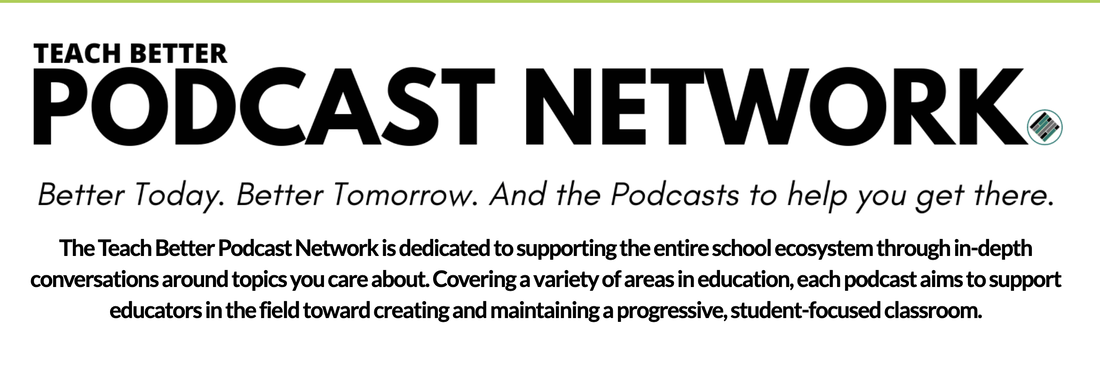|
Principals, APs, deans, superintendents, and other educational leaders, hello! If you’re here, I’m guessing you want to distribute the leadership in your school. You know shared leadership is a good idea for you, your teachers, and your students. Maybe you’re just not sure how much of these things are do-able right off the bat or which ones to should start with. You consume the latest education blogs, books, or podcasts, learning about the innovative teacher leadership systems at other schools, and you want to bring them to your school! Maybe you’ve tried to give teachers new leadership opportunities, but they aren’t able to take on the extra work that comes with it. They may seem overwhelmed just keeping up with all of their teaching responsibilities. Maybe you haven’t started yet because taking the first step to change things up feels like stepping off a cliff into an abyss, and you not looking to step off a cliff! Leaders, can you relate to this? You are not alone. These are some of the most common pain points and questions I get when coaching leaders. Let’s see what we can do... Make time. Unfortunately, we have a finite amount of time in our days. It is simply not possible to make more time. Trust me, if I could make that happen for you, I would. As one of the most prominent experts on leading change, John Kotter, emphasizes the importance of making space for change. We can’t add to people’s plates without taking something off. If it’s a priority, something else can go. Relatedly, when making your next budget, how you spend your money (and the process for how budgeting decisions are made) should reflect your priorities. We know teacher pay is not great, and we know involving involving diverse stakeholders in organizational decision-making leads to higher quality decisions and a greater commitment to them (Kusy & McBain, 2000). So, if you are unable to make time in the regular school day, find a way to pay teachers for their leadership work beyond their contracted time. Reallocating time or money is not easy, but it will make the rest of the work a lot easier. Still not sure about this “make time” idea? I made you a 1-pager to quickly run through some options! Click the button below to get it. Be transparent about the decision-making process. One of the worst things you could do is say “We’re doing shared leadership now!” and then proceed to make important school decisions without consulting teachers. Let your staff know what has to be decided by you alone, what teachers will have input on but will ultimately be a leader decision, what will be decided by consensus, and what should be decided by stakeholders without leader input—because for some decisions, they will know best (Kusy & McBain, 2000). Build capacity. Create opportunities for teachers to grow and learn (Anderson, 2012). Normalize the process of trying mini experiments, analyzing the evidence of impact, and reflecting on how it went. Develop individual teachers’ and teams’ capacities for strategic planning. Help them learn how to identify relevant sources of data (e.g., state, school, and/or classroom data), analyze that data, and use it to set their own SMART goals for the year. Offer suggested activities for teachers to collaboratively learn (e.g., data analysis in PLCs, success shares, curriculum shares, learning walks, brainstorming or problem-solving protocols). Prioritize capacity building when thinking about the PD you offer. “Successful instructional leaders provide conditions through staff development that incorporate study of professional literature and successful programs, demonstration and practice of new skills, peer coaching, and use of action research focused on student data, and they study the effect of new strategies on students (Blase & Blase, 1999)” (ASCD). Invest in teacher growth and everybody wins! Build up shared leadership structures. Take stock of the teacher leadership opportunities available in your school right now. Where can teachers step up and lead? What opportunities do they have to experiment, innovate, problem-solve? Do teachers make up a proportional amount of the leadership team? Are they given authority to make important instructional decisions (with students and parents)? Identify potential opportunities for teacher leadership: leading data collection and implementation for a particular initiative, designing and leading Professional Development workshops for the staff, organizing teacher-teacher or school-school visits, redesigning the school schedule… If you’re not sure what opportunities need to be strengthened or added, ask the teachers! What’s working? What would they like to see? Reach out to other schools and see how they do things. Focus on the positive. Appreciative inquiry is a great approach to organizational change. In a previous post, I shared a bit about AI and positive deviance. It’s basically seeking out the strengths in the organization, seeing what is working, and spreading the success across the organization. This stuff works! Cooperrider & Whitney (2005) report these findings from doing organizational change work at a major corporation: “What we discovered quite honestly was that momentum for change and long-term sustainability increased the more we abandoned ‘delivery’ ideas of action planning, monitoring progress, and building implementation strategies. What was done instead...was to focus only on giving [appreciative inquiry] away, to everyone, and then stepping back...what was spreading as a grassroots movement to build the new GTE. Initiated as a pilot training to see what would happen if the tools and theories of appreciative inquiry were made available to frontline employees, things started taking off. All of a sudden, without any permission, frontline employees are launching interview studies into positive topics like innovation, inspired leadership, revolutionary customer responsiveness, labor-management partnerships, and ‘fun’” (p. 12). Model a learning orientation. Prestine & Nelson (2003) found effective principals learn with their staff (ASCD). You are a leader who is constantly investing in your own growth! That’s why you’ve read this super dense blog post this far! Make sure your staff sees that. Participate in PD with them! Teachers notice when you leave the room, and they notice when you stay. Let them see your fierce commitment to learning. I applaud you for venturing down this shared leadership path. It’s a bold move, and I am rooting for you. I will not leave you hanging. I’ll continue to blog about this topic because it is my passion! There’s so much involved in doing this well, and I will continue to break it down piece by piece. Next week, I’ll be talking about getting teacher buy-in, so if that’s been a struggle for you, stay tuned! You know power with is better than power over, and the power game is not zero sum. In the words of Mary Church Terrell, and recently popularized by Emilie Aries, let’s “lift as we climb.” Keep up the awesome, leaders.
0 Comments
Leave a Reply. |
Details
For transcripts of episodes (and the option to search for terms in transcripts), click here!
Time for Teachership is now a proud member of the...AuthorLindsay Lyons (she/her) is an educational justice coach who works with teachers and school leaders to inspire educational innovation for racial and gender justice, design curricula grounded in student voice, and build capacity for shared leadership. Lindsay taught in NYC public schools, holds a PhD in Leadership and Change, and is the founder of the educational blog and podcast, Time for Teachership. Archives
May 2024
Categories |





 RSS Feed
RSS Feed